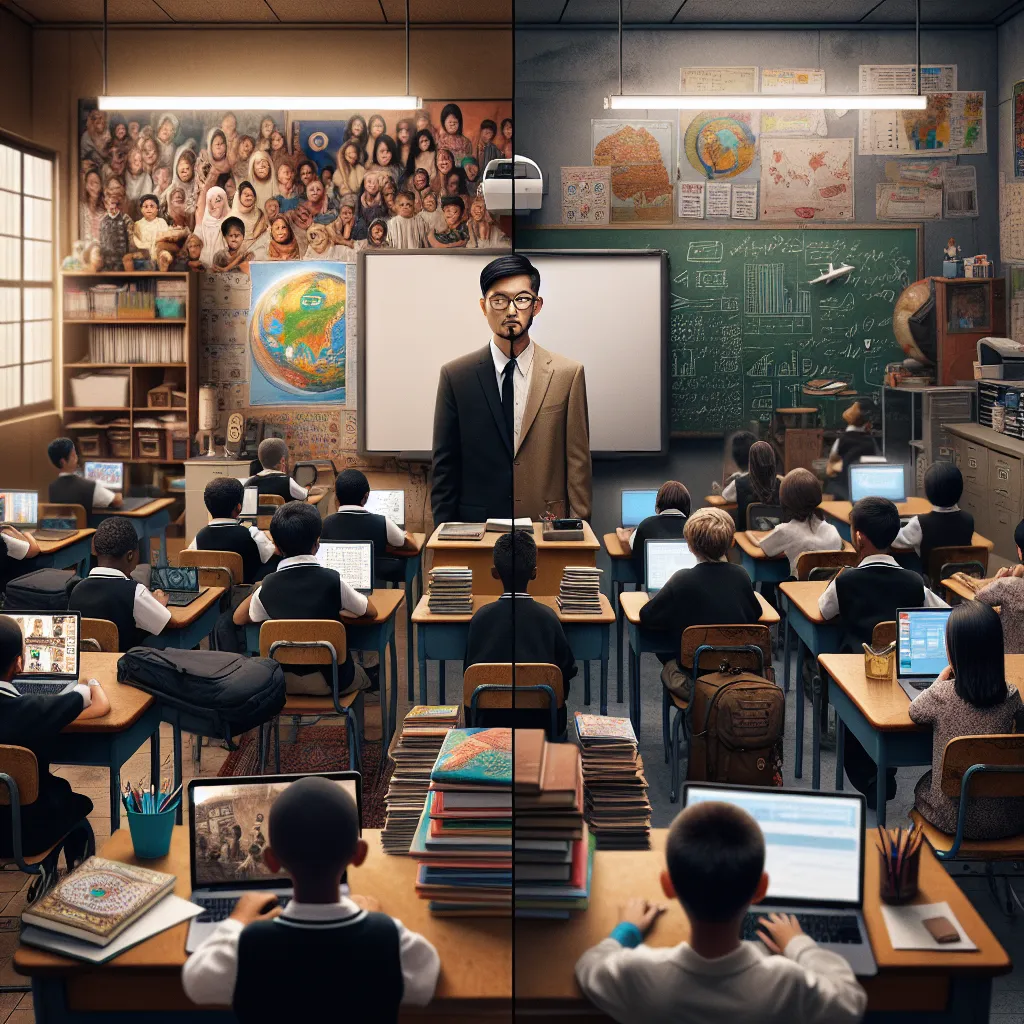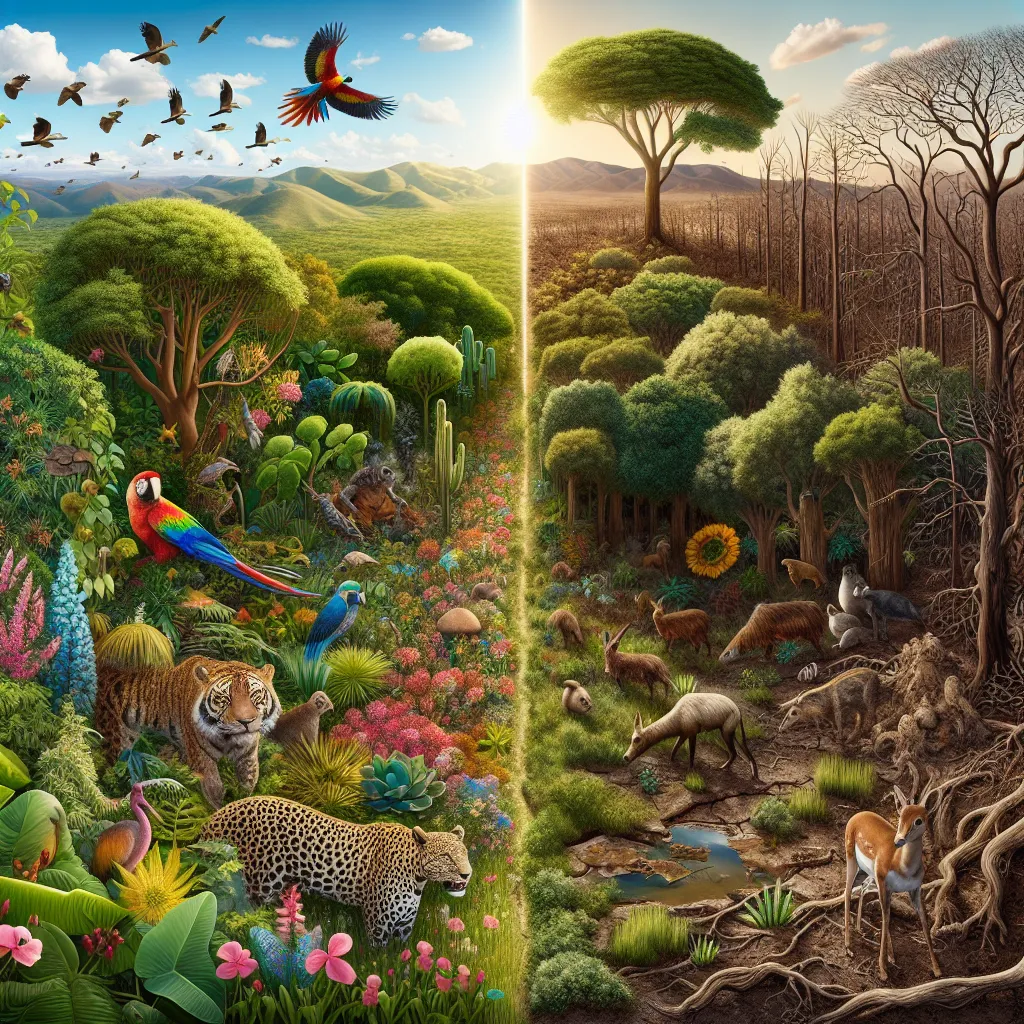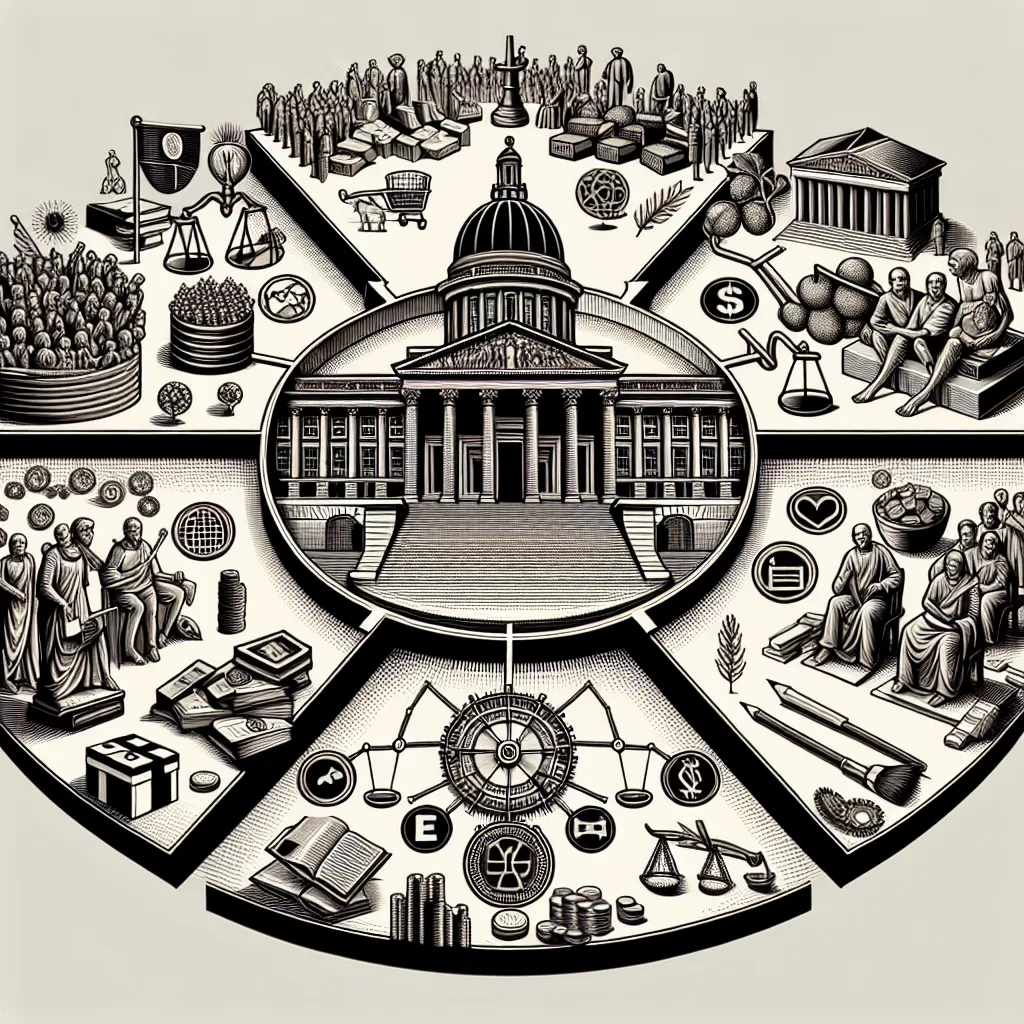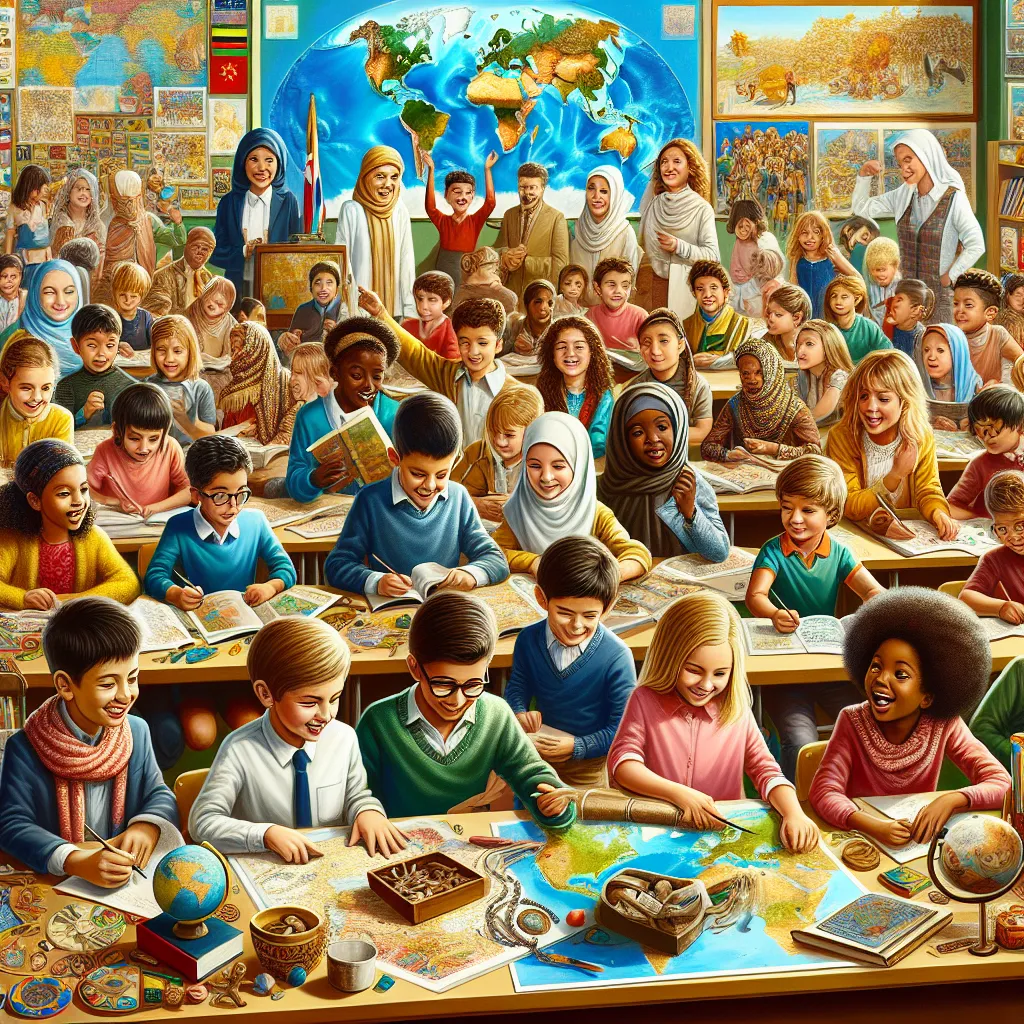Economic inequality and its effects on education have become increasingly prevalent topics in IELTS Writing Task 2. This subject frequently appears in exams, reflecting its global significance. As an IELTS instructor, I’ve observed a rising trend in questions addressing this issue, and I predict it will continue to be a hot topic in future tests. Let’s explore a relevant question that has appeared in recent IELTS exams:
Nội dung bài viết
Some people think that governments should give financial support to creative artists such as painters and musicians. Others believe that creative artists should be funded by alternative sources. Discuss both views and give your own opinion.
Analyzing the Question
This question, while not directly mentioning economic inequality in education, touches upon the broader theme of government funding for arts education and creative pursuits. It’s crucial to understand how this relates to managing the impact of economic inequality on education:
- The question presents two contrasting views on funding creative artists.
- It requires you to discuss both perspectives.
- You must also provide your own opinion.
- The underlying theme relates to the role of government in supporting education and creative fields, which can be linked to addressing economic inequality.
Sample Essay 1 (Band 8-9)
Government funding for creative artists is a contentious issue, with valid arguments on both sides. While some advocate for state support, others believe alternative funding sources are more appropriate. This essay will examine both perspectives before presenting my own viewpoint.
Proponents of government funding argue that it is essential for preserving cultural heritage and fostering innovation. They contend that many talented artists struggle financially, especially in the early stages of their careers, and without state support, society might lose valuable contributions to the arts. Furthermore, government funding can help democratize access to the arts, ensuring that creative pursuits are not limited to those from privileged backgrounds.
On the other hand, critics of government funding assert that artists should be self-sufficient or seek private sponsorship. They argue that taxpayer money should be allocated to more pressing needs such as healthcare or infrastructure. Additionally, there are concerns that government funding might lead to political interference in artistic expression, potentially compromising the integrity and independence of creative works.
In my opinion, a balanced approach is most beneficial. While I believe that the government should provide some financial support to artists, particularly through educational programs and grants for emerging talents, this should be complemented by alternative funding sources. This hybrid model could involve public-private partnerships, crowdfunding platforms, and corporate sponsorships. Such an approach would ensure a diverse and vibrant artistic community while mitigating the risks associated with over-reliance on government funding.
In conclusion, the issue of funding for creative artists is complex and multifaceted. A combination of government support and alternative funding sources offers the best solution, promoting artistic diversity and accessibility while maintaining artistic independence.
(Word count: 276)
Sample Essay 2 (Band 6-7)
The question of whether governments should provide financial support to creative artists like painters and musicians is a topic of debate. Some people think it’s a good idea, while others believe alternative sources should fund these artists. In this essay, I will discuss both views and give my opinion.
Those who support government funding for artists argue that it’s important for culture and education. They say that many talented artists struggle to make money, especially when they’re starting out. Without help from the government, we might lose good art and music. Also, government support can make art more accessible to everyone, not just rich people.
However, others think artists should find their own money or get support from private sources. They believe that government money should be used for more important things like hospitals or roads. Some people also worry that if the government gives money to artists, it might try to control what kind of art they make.
In my opinion, I think a mix of both ideas is best. The government should give some money to artists, especially to help with education and to support new artists. But artists should also look for other ways to get money, like from businesses or through online fundraising. This way, we can have many different kinds of art and artists, and they can still be independent.
To conclude, funding for creative artists is a complicated issue. I believe that a combination of government support and other funding sources is the best way to help artists and keep art diverse and accessible to everyone.
(Word count: 254)
 Economic inequality in education
Economic inequality in education
Key Points to Note When Writing
-
Understanding the question: Both essays demonstrate a clear understanding of the question, addressing the two viewpoints and providing a personal opinion.
-
Structure:
- Band 8-9 essay: Well-structured with a clear introduction, two body paragraphs discussing each view, a paragraph for personal opinion, and a conclusion.
- Band 6-7 essay: Has a similar structure but with less sophisticated transitions between ideas.
-
Vocabulary:
- Band 8-9 essay uses more advanced vocabulary and phrases like “contentious issue,” “democratize access,” and “mitigating the risks.”
- Band 6-7 essay uses simpler language but still maintains clarity.
-
Grammar:
- Band 8-9 essay demonstrates a wide range of complex structures.
- Band 6-7 essay uses mostly simple and compound sentences with some attempts at complex structures.
-
Coherence and Cohesion:
- Band 8-9 essay has smoother transitions and a more logical flow of ideas.
- Band 6-7 essay is coherent but with less sophisticated linking.
-
Development of Ideas:
- Band 8-9 essay provides more detailed explanations and examples.
- Band 6-7 essay covers the main points but with less depth.
Key Vocabulary to Remember
- Contentious (adjective) /kənˈtenʃəs/ – causing or likely to cause disagreement
- Foster (verb) /ˈfɒstə(r)/ – encourage or promote the development of something
- Democratize (verb) /dɪˈmɒkrətaɪz/ – make (something) accessible to everyone
- Integrity (noun) /ɪnˈteɡrəti/ – the quality of being honest and having strong moral principles
- Multifaceted (adjective) /ˌmʌltɪˈfæsɪtɪd/ – having many different aspects or features
- Mitigate (verb) /ˈmɪtɪɡeɪt/ – make less severe, serious, or painful
- Vibrant (adjective) /ˈvaɪbrənt/ – full of energy and enthusiasm
- Accessible (adjective) /əkˈsesəbl/ – able to be reached or easily obtained
In conclusion, managing the impact of economic inequality on education is a crucial topic in IELTS Writing Task 2. This sample essay on government funding for artists demonstrates how to approach a related subject, showcasing the skills needed for a high-scoring response. As you practice, consider exploring similar topics such as public funding for education, the role of private institutions in education, or strategies to reduce educational disparities. Remember to structure your essays clearly, use a range of vocabulary and grammatical structures, and provide well-developed arguments.
To further enhance your skills, try writing your own essay on this topic or a related one. Share your practice essays in the comments section for feedback and discussion. This active engagement will help you improve your writing skills and prepare effectively for the IELTS exam.
For more insights on related topics, you might find these articles helpful:
- How to Promote Sustainable Economic Development
- How to Manage the Impact of Economic Inequality
- The Effects of Economic Crises on Social Stability
These resources will provide you with additional context and vocabulary to tackle questions related to economic inequality and its impact on various aspects of society, including education.


